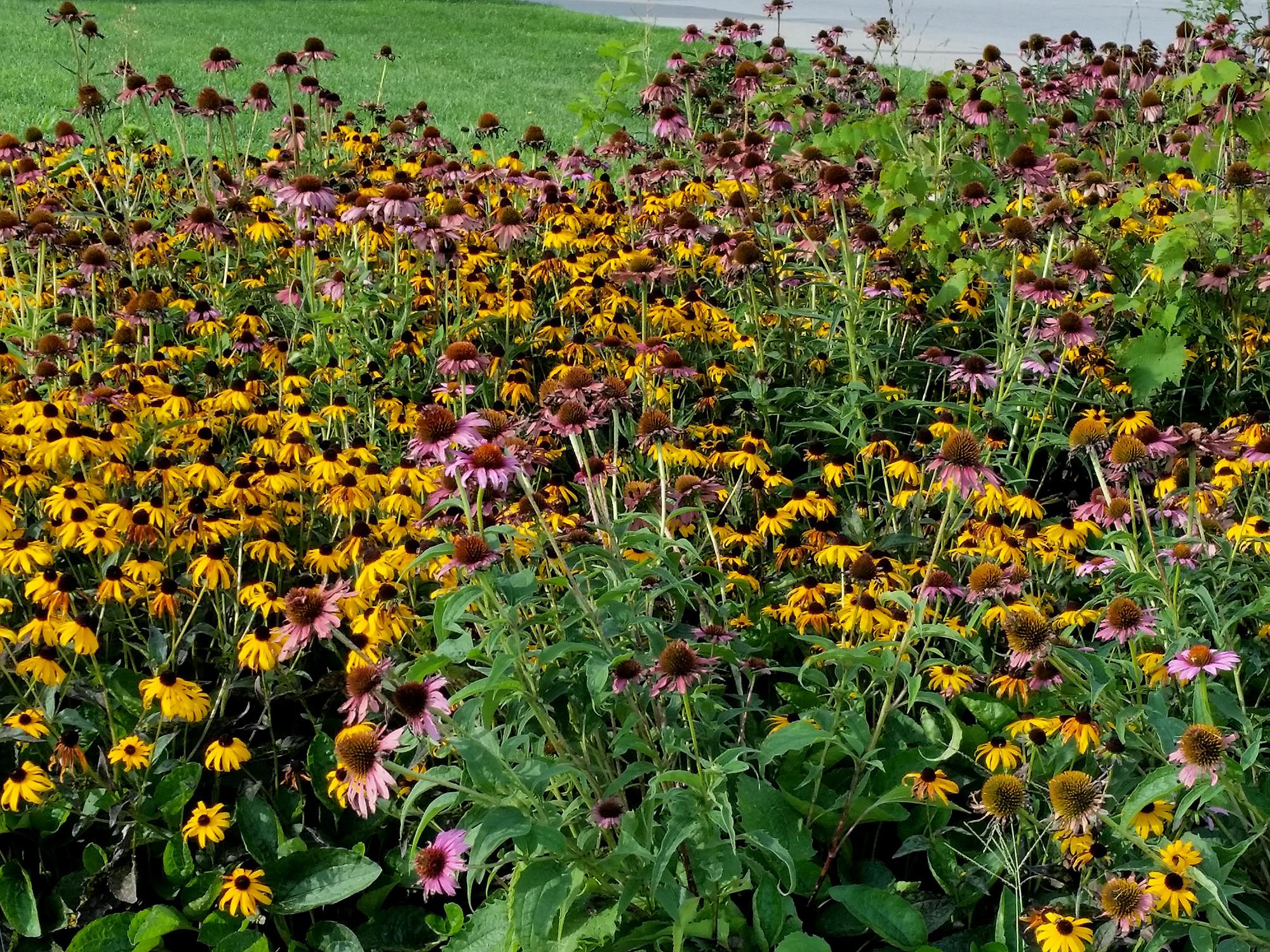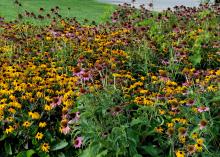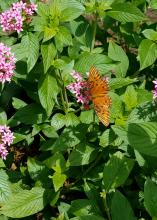Information Possibly Outdated
The information presented on this page was originally released on May 8, 2019. It may not be outdated, but please search our site for more current information. If you plan to quote or reference this information in a publication, please check with the Extension specialist or author before proceeding.
Smart landscapes offer places for the wildlife
STARKVILLE, Miss. -- Urbanization and agricultural pressures are decreasing natural habitats for wildlife, but Mississippians can take steps to make their own landscapes wildlife-friendly.
Bob Brzuszek, Mississippi State University Extension Service professor of landscape architecture, said residential areas play an important role in conserving wildlife when carefully planned.
“Homeowners can enhance the natural features in their yards and neighborhoods to create thriving wildlife habitats,” Brzuszek said. “To attract wildlife, homeowners must provide food, water and shelter. Providing these essentials will attract wildlife such as birds, butterflies, small mammals, reptiles and amphibians.”
Leslie Burger, an Extension conservation educator and assistant professor, said altered or lost habitat is a problem for many wildlife species.
“Your property can provide habitat for a variety of animals,” Burger said. “Start by looking at what you have and don’t have on your own property, and realize that in a neighborhood, you don’t have to provide everything if your neighbors also provide some of what wildlife need.”
Many people’s first thought for wildlife is to provide birdfeeders for songbirds and hummingbirds, but Burger said these require follow-up.
“Birds congregate around feeders, and this may create an issue with droppings and seeds. Periodically removing waste and spilled feed will help prevent potential problems with weeds and disease, especially if you continue to feed birds during the summer months,” Burger said.
“If you put out hummingbird feeders, it is best to offer only enough that they can drink in one or two days so mold does not become an issue in the feeder. Both kinds of feeders must be taken down and disinfected regularly with a mild bleach solution,” she said.
A more natural solution is to provide habitat for them.
“When you are putting in a landscape, use native plantings that create food and shelter environments that the different animals need,” Burger said. “This can be a neighborhood project, with neighbors getting together to plant a variety of food sources for desired birds and wildlife.”
This type of plan works for birds and butterflies, another favorite in home landscapes.
Burger urged homeowners to plant the right selections to avoid unintentionally create a toxic habitat for them. Some hybrid and modified plant varieties may be fatal to the butterflies or birds that they attract.
Using native plants in the landscape is one of the best and easiest ways to encourage a diversity of wildlife. Consult with the local county Extension office for help.
Be sure that the environment being created attracts the desired wildlife and not unwanted animals.
“When you create wildlife habitat, you have the ability to be intentional and select against things just like you can select for them,” Burger said. “For example, don’t create a habitat for mice if you don’t want rat snakes.”
Yards can attract rabbits if some areas are allowed to grow a little higher and even some strategic “weeds” are permitted to remain.
“You’re more likely to have rabbits if your yard doesn’t look like a football field,” she said. “Rabbits raise their young in a nest they construct on the ground, so they need an area that has some shrubs and clumping grasses for protection from predators and the weather.”
The MSU Extension Service and Department of Landscape Architecture created Mississippi Smart Landscapes as the go-to digital source for those looking for simple, sustainable home landscapes. The site offers a variety of information to support environments that encourage wildlife, use water wisely, lower energy costs, and benefit both homes and neighborhoods.






